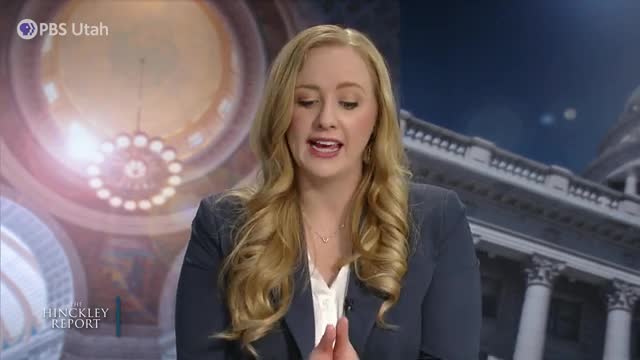Utah leaders push for energy production boost amid rising demand from AI data centers
January 12, 2025 | Governor Cox Monthly News Conferences, Utah Governor Spencer Cox, Utah Governors, Utah Executive Branch, Utah
This article was created by AI summarizing key points discussed. AI makes mistakes, so for full details and context, please refer to the video of the full meeting. Please report any errors so we can fix them. Report an error »

In a recent government meeting in Utah, discussions centered around two pivotal issues: immigration reform and energy production. As the meeting unfolded, the urgency of addressing these topics became increasingly clear, reflecting the state's pressing needs and aspirations.
Amidst the backdrop of city hall, officials voiced their concerns about the current immigration system, emphasizing the chaos it creates for municipal and state budgets. One representative highlighted the necessity for Congress to take decisive action regarding the southern border, framing it as a national security issue. The sentiment echoed throughout the room: while immigration can bring new ideas and energy to the country, it must be managed appropriately. The need for a structured process that allows immigrants to fill workforce gaps was underscored, especially in light of declining birth rates in the U.S.
Transitioning from immigration, the conversation shifted to energy production, a topic that has gained significant traction in Utah. Legislative leaders are advocating for a substantial increase in energy output, with proposals to triple or double production. The potential for small modular nuclear reactors was also discussed, showcasing a commitment to exploring diverse energy sources. However, the timeline for implementing nuclear projects remains uncertain, as building such facilities typically spans decades.
The meeting also touched on the growing demand for energy driven by new technologies, particularly AI data centers. Officials are keen to ensure that these energy-intensive operations can establish themselves in Utah without unfairly burdening existing ratepayers. This approach aims to balance the state's economic growth with the need for sustainable energy solutions.
As the meeting concluded, it was evident that Utah stands at a crossroads. With immigration reform and energy production at the forefront, the state is poised to tackle these challenges head-on, seeking to harness its resources and potential for a thriving future. The discussions not only reflect immediate concerns but also set the stage for ongoing legislative efforts that could shape the state's trajectory in the years to come.
Amidst the backdrop of city hall, officials voiced their concerns about the current immigration system, emphasizing the chaos it creates for municipal and state budgets. One representative highlighted the necessity for Congress to take decisive action regarding the southern border, framing it as a national security issue. The sentiment echoed throughout the room: while immigration can bring new ideas and energy to the country, it must be managed appropriately. The need for a structured process that allows immigrants to fill workforce gaps was underscored, especially in light of declining birth rates in the U.S.
Transitioning from immigration, the conversation shifted to energy production, a topic that has gained significant traction in Utah. Legislative leaders are advocating for a substantial increase in energy output, with proposals to triple or double production. The potential for small modular nuclear reactors was also discussed, showcasing a commitment to exploring diverse energy sources. However, the timeline for implementing nuclear projects remains uncertain, as building such facilities typically spans decades.
The meeting also touched on the growing demand for energy driven by new technologies, particularly AI data centers. Officials are keen to ensure that these energy-intensive operations can establish themselves in Utah without unfairly burdening existing ratepayers. This approach aims to balance the state's economic growth with the need for sustainable energy solutions.
As the meeting concluded, it was evident that Utah stands at a crossroads. With immigration reform and energy production at the forefront, the state is poised to tackle these challenges head-on, seeking to harness its resources and potential for a thriving future. The discussions not only reflect immediate concerns but also set the stage for ongoing legislative efforts that could shape the state's trajectory in the years to come.
View full meeting
This article is based on a recent meeting—watch the full video and explore the complete transcript for deeper insights into the discussion.
View full meeting

